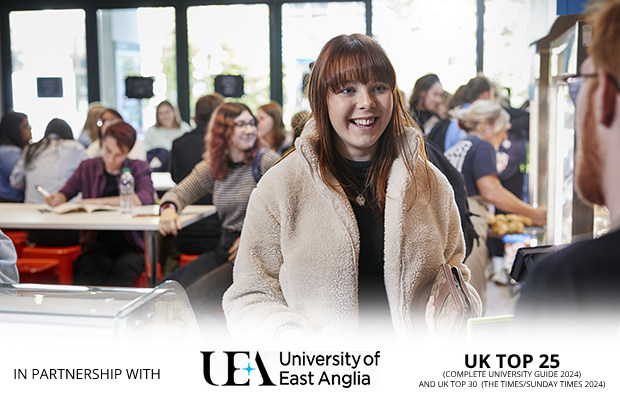Hard Biology question
2. Melvin Calvin studied the light-independent reaction (Calvin cycle) in plant cells.
He used radiolabelled 14CO2 to measure the production of organic molecules in chloroplasts.
• He placed an aquatic plant in water.
• The plant was given light for 20 minutes.
• The light was then turned off (dark conditions) for a further 30 seconds.
He measured the radioactivity of the solutions produced and used these values to calculate the number of
molecules of triose phosphate (TP) and ribulose bisphosphate (RuBP) present.
The results are shown in the table below.
Activity of 14C (x10^27 Bq)
After 20 minutes light / 30 seconds dark conditions
Molecule
TP 5.5 10.1
RuBP 4.9 0.6
Assuming 8.5 × 10^18 Bq are generated by each 14C atom in the molecule, how many new TP molecules are
produced after 30 seconds in the dark
A 6.47 × 10^8
B 1.80 × 10^8
C 1.83 × 10^27
D 3.37 × 10^27
(by the way ^ means to the power of in this context)
He used radiolabelled 14CO2 to measure the production of organic molecules in chloroplasts.
• He placed an aquatic plant in water.
• The plant was given light for 20 minutes.
• The light was then turned off (dark conditions) for a further 30 seconds.
He measured the radioactivity of the solutions produced and used these values to calculate the number of
molecules of triose phosphate (TP) and ribulose bisphosphate (RuBP) present.
The results are shown in the table below.
Activity of 14C (x10^27 Bq)
After 20 minutes light / 30 seconds dark conditions
Molecule
TP 5.5 10.1
RuBP 4.9 0.6
Assuming 8.5 × 10^18 Bq are generated by each 14C atom in the molecule, how many new TP molecules are
produced after 30 seconds in the dark
A 6.47 × 10^8
B 1.80 × 10^8
C 1.83 × 10^27
D 3.37 × 10^27
(by the way ^ means to the power of in this context)
Activity of 14C (x10^27 Bq)
For TP After 20 minutes in the light was 5.5 , in the dark was 10.1
For RuBp it was 4.9, then 0.6
(x10^27)
For TP After 20 minutes in the light was 5.5 , in the dark was 10.1
For RuBp it was 4.9, then 0.6
(x10^27)
(edited 11 months ago)
Quick Reply
Related discussions
- A month until GCSEs - revision hours
- Edexcel iGCSE biology hard questions
- A level Biology
- Science Gcse
- Is it possible? - as level bio + math
- How do you get A's in Biology A levels
- how to revise ?
- which science is the hardest? (chemistry, physics or biology)
- 1000+ A2-Level Biology Exam Questions
- advice for going into y12 doing bio, chem and psycology
- Biology help with this questions
- Westminster 16+ Entrance Exam
- PHARMACY INTERVIEW @ Portsmouth
- Failed year 12
- Repeating year 12 different subjects
- Any websites that have a clear and concise subject content list for A levels?
- Advicee
- How much Maths in Biology and Psychology A Level?
- aqa a level biology and ocr
- Doing well in A levels
Latest
Trending
Last reply 1 day ago
Edexcel A Level Politics Paper 1 (9PL0 01) - 21st May 2024 [Exam Chat]A-levels
10
Trending
Last reply 1 day ago
Edexcel A Level Politics Paper 1 (9PL0 01) - 21st May 2024 [Exam Chat]A-levels
10




